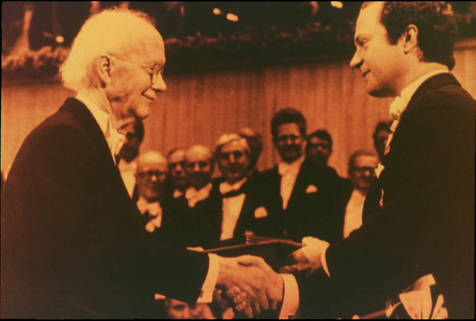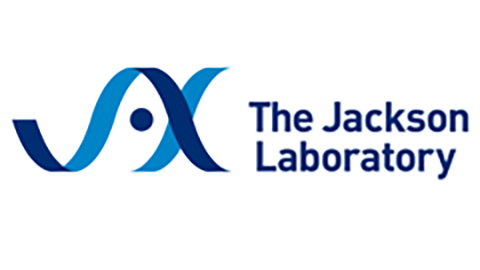
Faculty Research 1980 - 1989
High-pressure liquid chromatographic analysis of benzo(a)pyrene metabolism by human lymphocytes from donors of different aryl hydrocarbon hydroxylase inducibility and antipyrine half-lives.
Document Type
Article
Publication Date
1980
Keywords
Aryl-Hydrocarbon-Hydroxylases, Benzopyrenes, Chromatography-High-Pressure-Liquid, Comparative-Study, Enzyme-Induction, Half-Life, Human, In-Vitro, Lymphocytes: me, Male, SUPPORT-U-S-GOVT-P-H-S
First Page
1305
Last Page
1310
JAX Source
Cancer Res 1980 Apr; 40(4):1305-10.
Abstract
With high-pressure liquid chromatography (HPLC), lymphocytes from six human donors were evaluated for their ability to metabolize benzo(a)pyrene (BP). Donors whose aryl hydrocarbon hydroxylase (AHH) inducibility ratios ranged from 2.4 to 4.6 and whose antipyrine plasma half-lives ranged from 8 to 17 hr were examined. The BP metabolites identified were: 7,8-dihydrodiol, quinones, and 9-hydroxy and 3-hydroxy phenols. HPLC profiles of BP metabolites elaborated by uninduced (control) and benz(a)anthracene-induced lymphocytes were qualitatively similar among the six donors. A good correlation (r = 0.79) was found between known AHH inducibility ratios for the donors, as determined by the conventional fluorometric AHH assay, and induction of BP phenol production quantitated from HPLC data. HPLC results also indicated that the induction of benzo(a)pyrene-7,8-dihydrodiol, the proposed proximate carcinogenic form of BP, did not parallel BP phenol induction. Furthermore, the data also indicated a good negative correlation between AHH inducibility and the measurements of plasma antipyrine or urinary 4-hydroxyantipyrine half-lives (r = -0.88 or -0.91), respectively.
Recommended Citation
Gurtoo HL,
Vaught JB,
Marinello AJ,
Paigen B,
Gessner T,
Bolanowska W.
High-pressure liquid chromatographic analysis of benzo(a)pyrene metabolism by human lymphocytes from donors of different aryl hydrocarbon hydroxylase inducibility and antipyrine half-lives. Cancer Res 1980 Apr; 40(4):1305-10.

